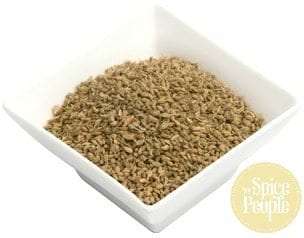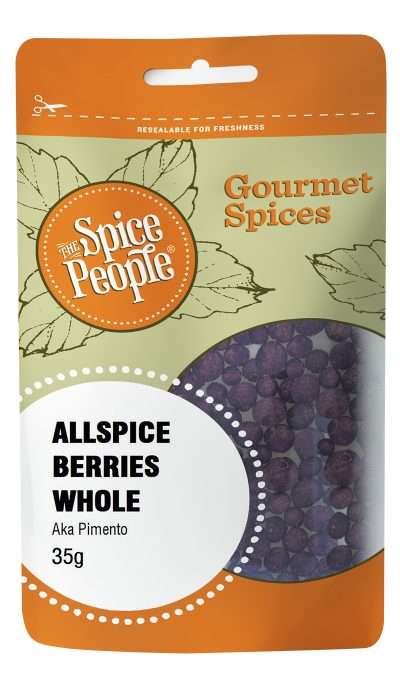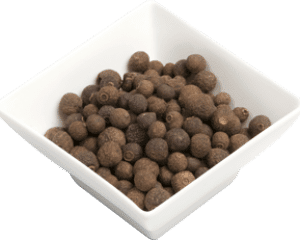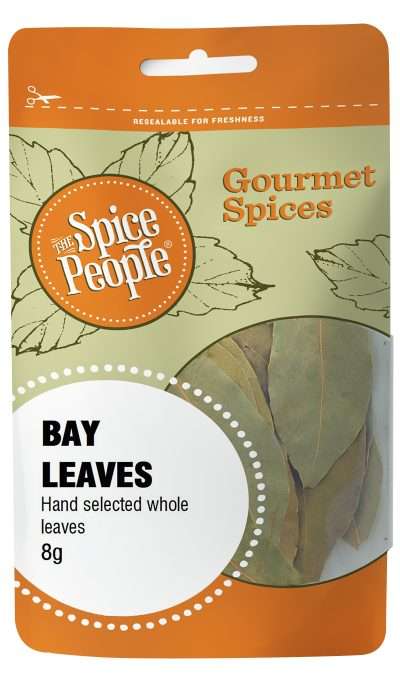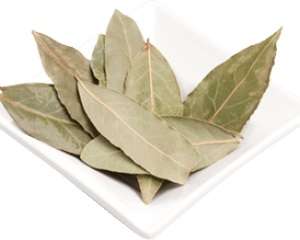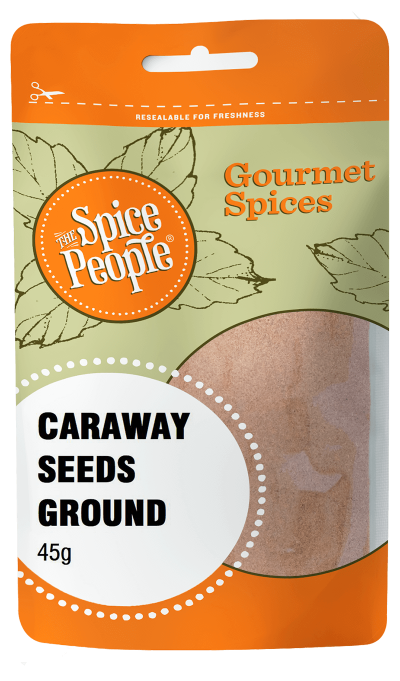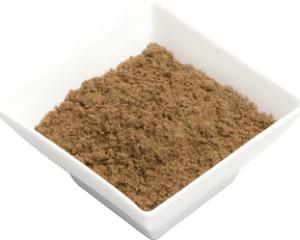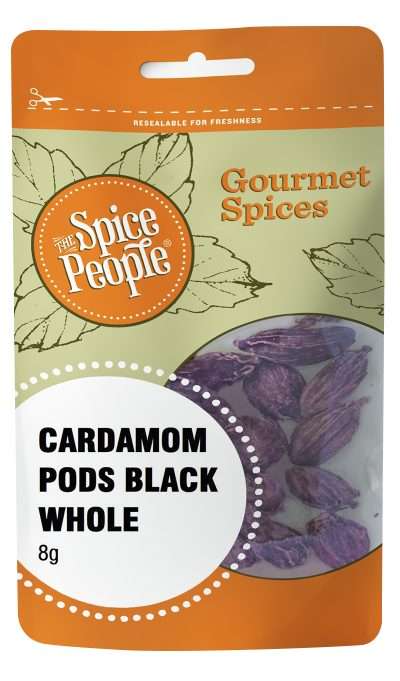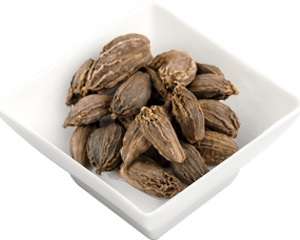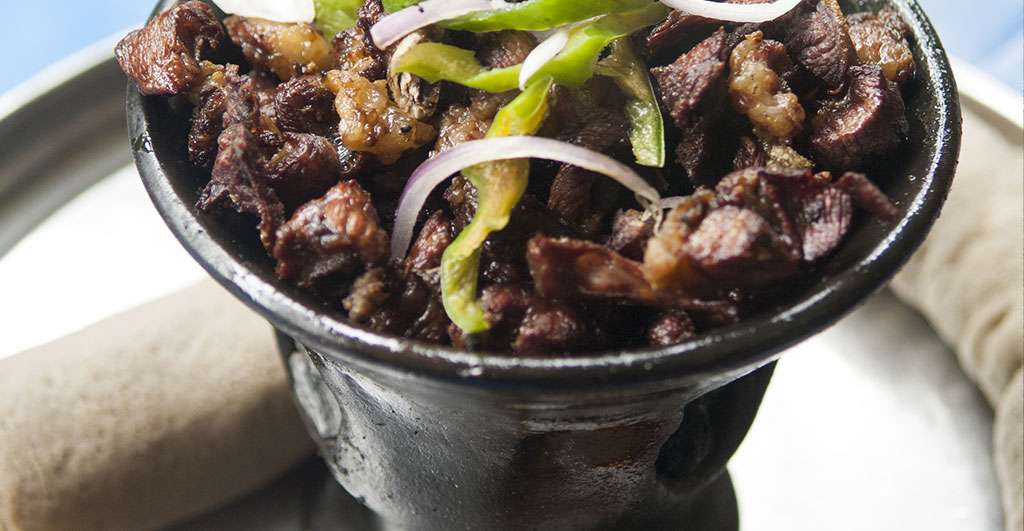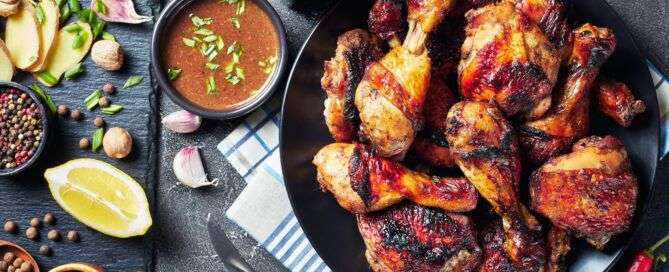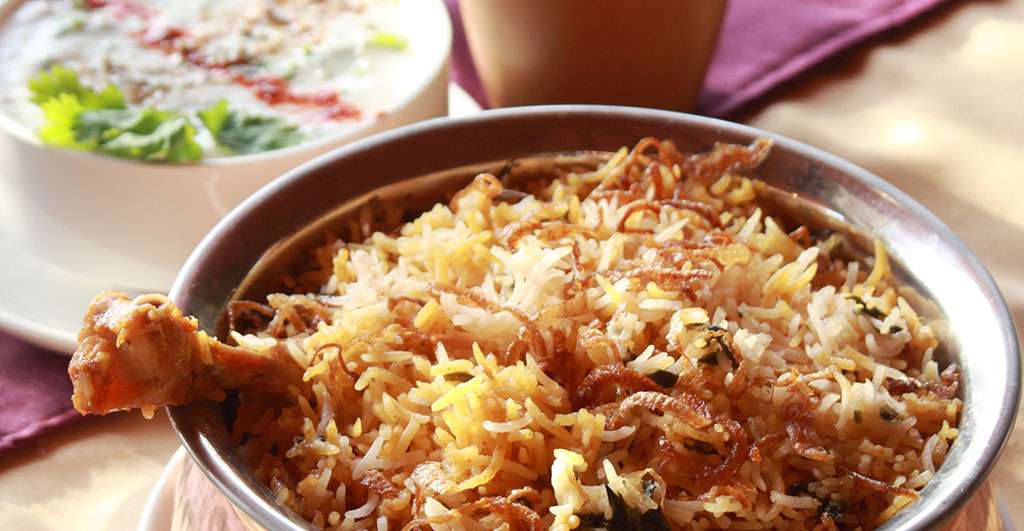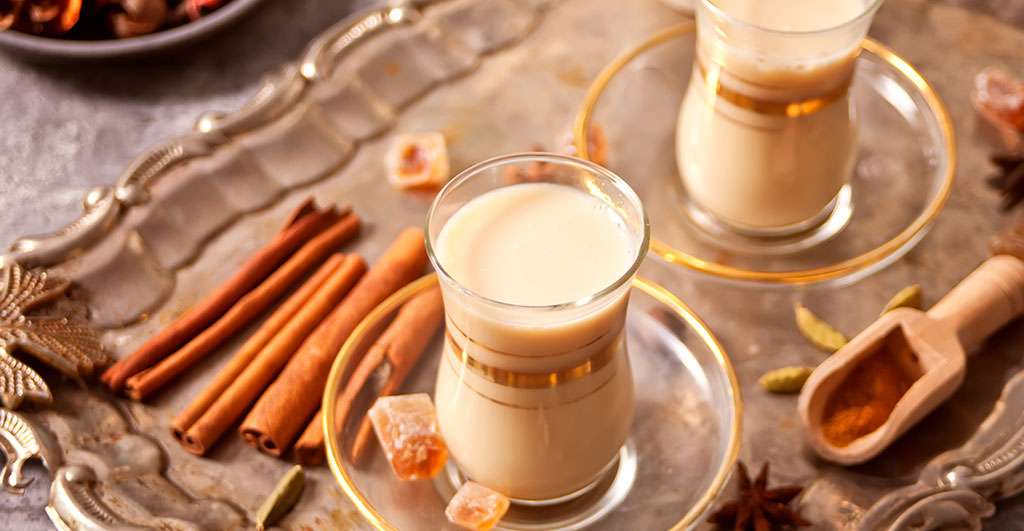Aniseed Seeds Whole – 30g
333 in stock
Product description
Aniseed Seeds Whole are a small oval-shaped seed which are native to the Mediterranean. They have a light brown colour and a sweet liquorice flavour that makes them great for sweet and savoury dishes alike. Aniseed seeds are not related to star anise which is native to China. Even though they have similar flavours, star anise is much stronger. Consequently, aniseed can be used as a substitute for star anise, and vice versa.
Flavour Notes:
With a fragrant licorice-like flavour, Aniseed seeds can be used whole or ground for both sweet or savoury dishes. Its anise flavour means it can be used in place of Star Anise and vice versa.
Culinary Notes:
To Get The Most Out Of Their Flavour, Bloom The Aniseed Seeds In A Warm Pan Before Using To Release Their Volatile Oils.
Health Benefits:
Health benefits of aniseed include:
- The essential oils present in aniseed make it an ideal cure for flatulence and to remove phlegm and catarrh in the bronchial passageways.
- Boil water and add a teaspoon of aniseed to it. Leave this to infuse overnight. Strain and drink first thing in the morning with a little bit of honey. This cures indigestion and stomach pain.
- Aniseed causes the body to perspire more and encourages urination thereby helping the body to detoxify by eliminating waste.
- When taken twice a day (morning and night) over a sustained period of time, aniseed powder can reduce cataract in the eyes.
- The expectorant property of this herbs helps relieve asthma symptoms.
- Aniseed tea made by boiling water and steeping aniseed in it is an excellent cure for insomnia. To make it more palatable, you can add either honey or hot milk. Have this before going to bed for a sound night’s sleep.
- The fungicidal properties of aniseed can help get rid of and prevent head lice.
- The anethole present in aniseed essential oil improves the production of breast milk.
- Aniseed can also be used as a mouth freshener
Ingredients:
100% dried Whole Anise Seeds
How to use
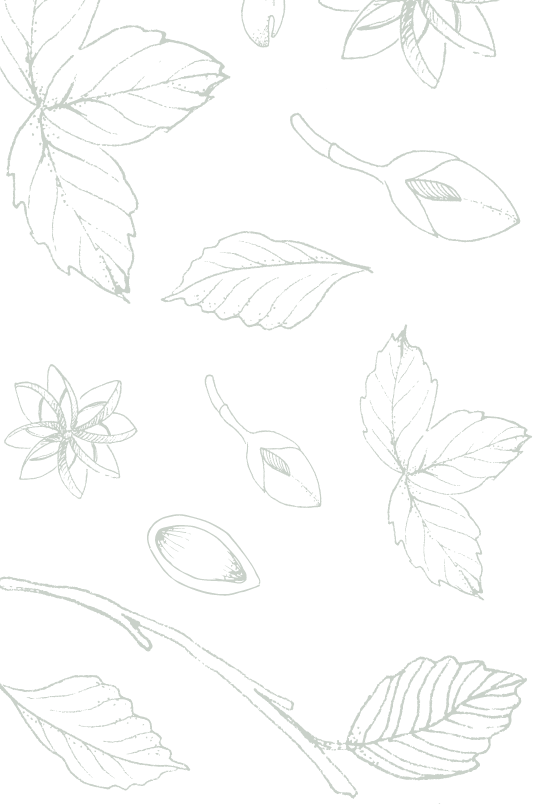
The Spice People FAQs


The Spice People FAQs

Other Spices you may like
Featured in



Join the Spice People to Get Started on Your Culinary Spice Journey!
Be the first to hear about our exclusive promotions, new product releases, recipes and more.

